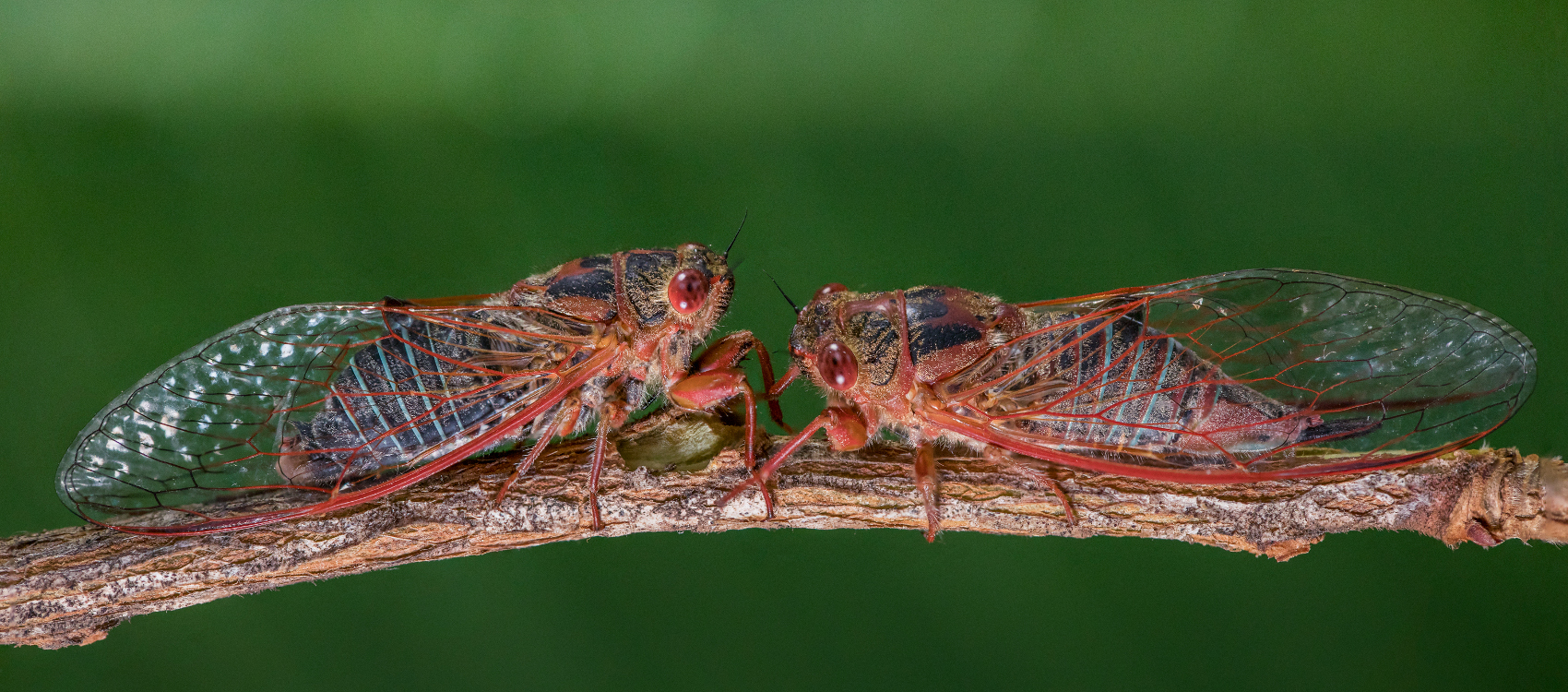Content Credits
- The Silver Princess Cicada (Yoyetta celis) image in the widget game was sourced from Project Noah.
- The image of half-moon discs on leaves (within the Invertebrates Detectives activity sheet) was sourced from the Missouri Botanical Gardens website: https://www.missouribotanicalgarden.org/gardens-gardening/your-garden/help-for-the-home-gardener/advice-tips-resources/pests-and-problems/insects/bees/leaf-cutter-bees.aspx



